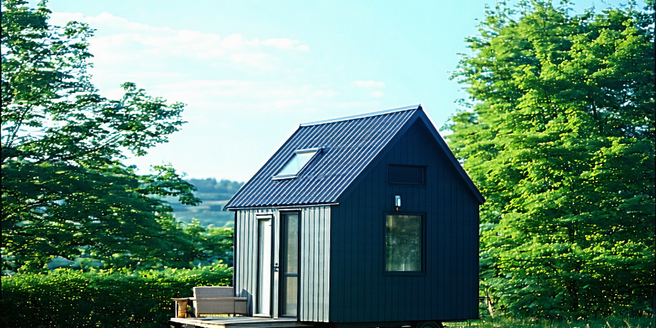Home Ownership Alternatives

Exploring Co-Housing Communities
Co-housing communities have emerged as a viable alternative to traditional home ownership. These communities are designed to foster close connections among residents by providing shared spaces and activities while also maintaining private living quarters. The concept originated in Denmark in the 1960s and has gained popularity across the globe. Residents typically share kitchens, gardens, and recreational spaces, which helps reduce costs and promotes a sustainable lifestyle. By pooling resources, individuals enjoy a higher quality of living for a lower financial investment. Co-housing emphasizes communal decision-making, encouraging a sense of responsibility and involvement. It caters to diverse groups, including families, singles, and seniors, offering unique benefits such as reduced isolation and increased social support. Co-housing helps bridge the gap between solo living and traditional neighborhood settings.
The Rise of Tiny Homes
In recent years, the tiny home movement has gained significant momentum as an innovative approach to home ownership. These compact, efficiently designed living spaces offer an affordable and sustainable alternative, typically ranging from 100 to 400 square feet. Tiny homes encourage minimalism, prompting individuals to downsize and prioritize their belongings. This lifestyle reduces living expenses, such as mortgages and utility bills, while lowering ecological footprints. Tiny homes also offer mobility; some are built on wheels, enabling owners to relocate with ease. With its appeal to millennials, retirees, and anyone seeking a simpler life, the tiny home trend reflects changing societal values. It underscores a shift away from the traditional desire for large homes towards prioritizing experiences, financial freedom, and environmental impact, reshaping the concept of a ‘dream home.’
Pros and Cons of Renting
Renting a home has its advantages and drawbacks, necessitating careful consideration for those exploring housing options. On the positive side, renting offers flexibility, as leases often range from six months to a year, allowing for easier relocation. It also removes the burden of property maintenance and repairs, as landlords are typically responsible for upkeep. Moreover, renters are not tied to the long-term financial commitment of a mortgage. However, renting lacks the investment potential of home ownership, where monthly payments contribute toward building equity. Renters also face the potential for rental increases and are subject to the rules set by landlords. Additionally, personalization of living spaces can be limited. Overall, evaluating lifestyle priorities, financial situations, and long-term goals can help determine whether renting is the right choice.
Living in a Housing Cooperative
Housing cooperatives offer a collaborative approach to home ownership, where residents collectively own and manage their living spaces. Unlike traditional ownership, coop members purchase shares in the cooperative corporation rather than individual units. This model fosters a strong sense of community as decisions are made democratically, encouraging participation and shared responsibility. Cooperative living can be more affordable due to cost-sharing for maintenance and utilities, and often provides amenities like gardens, laundry facilities, and shared communal spaces. However, potential challenges include less liquidity in buying and selling shares and navigating complex governance structures. Co-ops may require more involvement in management tasks, influencing free time and individual autonomy. Despite these challenges, co-ops appeal to those valuing community engagement, affordability, and alternative ownership pathways.
Understanding Rent-to-Own Agreements
Rent-to-own agreements can provide a path to home ownership for those unable to purchase outright. This arrangement combines rental and purchase elements, allowing tenants to eventually buy the home they are renting. A portion of each rent payment typically goes toward the home’s purchase price, building equity over time. This setup benefits individuals with imperfect credit by granting the opportunity to improve financial standing while living in the future home. However, rent-to-own contracts can be complex and entail certain risks, such as higher rental amounts and potential loss of investment if tenants choose not to purchase or fail to qualify for a mortgage at the lease’s end. As each agreement varies, potential buyers must carefully review contract terms and consider future financial stability when embarking on a rent-to-own journey.